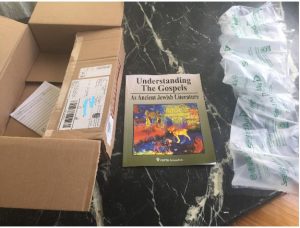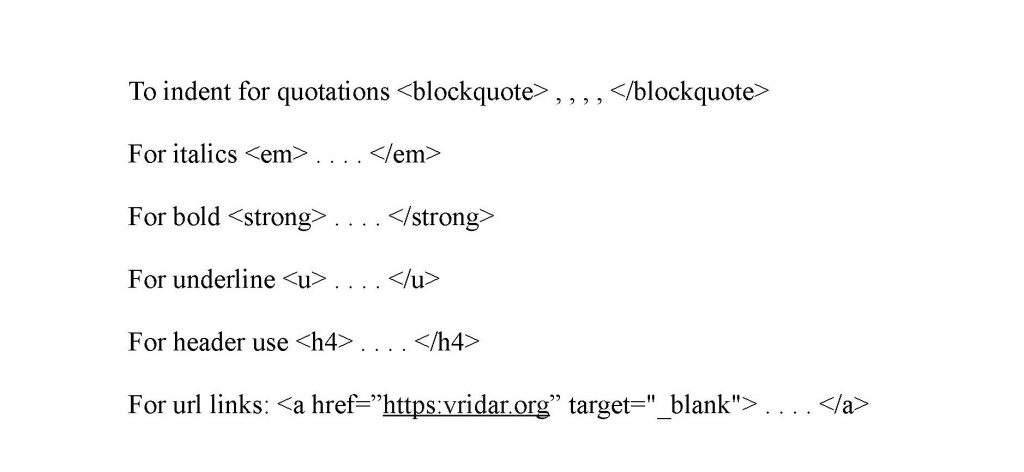One blogger is looking for old communist-era publications explaining Jesus as a mythical figure. I have had a similar interest in the sorts of things that were said about Jesus and Christian origins in the Soviet Union. I know Engels wrote something and that Drews impressed Lenin enough for him to propagate his views throughout the new Russia. See, for example, https://www-jstor-org.ezproxy.slq.qld.gov.au/stable/309549
For some reason Kalthoff comes to mind but I can’t recall any specific link between his work and education in the Soviet Union.
If anyone knows specific works that directly answer this query please do leave a notice in the comments. (That is, I am only interested in links that identify titles/names that were published as arguments for the nonhistoricity of Jesus for readers/students in communist nations.)
My request is much the same as our blogger friend whose post, in translation, reads:
. . . . I pray for your help. . . . . During the time we lived in Romania, I visited the antiques as many times as I had the opportunity. Once (I think in Sibiu) I entered an antique shop that had some books on religion from the time of the communist period. I found them interesting but strange, presenting Jesus as a purely mythological person with traits and characteristics taken over from previous mythological people and gods. Then I did not foresee any occasion in which I would need communist propaganda like this and so I left the books on the shelf and did not buy them.
Now, I’m sorry for that decision.
Since then, between English speakers, this idea of communist propaganda has become very popular in Internet communities. It would be the case for somebody (either I or others) to write a history of this idea that involves the crusade against Christianity during the Cold War.
I would start this project, but I encountered a problem. I do not have access to the necessary books because of the mistakes made many years ago in an antique shop in Romania.
I did not write this blog post just to advise you not to make the same mistake. I hope that some of my relatives and friends in Romania, or your friends and acquaintances, have some books like this, or to guess where I can find them either in a library or in an antique, in a personal collection.
That’s two of us now with the same request.
. . .
As a footnote, I am reminded here of the same blogger’s (somewhat amusing) response to my reference to Eric Hobsbawm’s point about historical methodology:
In no case can we infer the reality of any specific [hero, person] merely from the ‘myth’ that has grown up around him. In all cases we need independent evidence of his actions.
In the context of our controversial topic those words by Hobsbawm sounded like the methodology of a communist propagandist to our friend:
You (and Hobsbawm) are free to adopt this approach, of course, but might Hobsbawm’s desire to rewrite the legacy of Communism suggest that his statement has more to do with ideology than mainstream historiography?
Interesting to compare another historian’s comment on the soundness of Hobsbawm’s methods as a historian.
Like this:
Like Loading...
 Dear Vridarians,
Dear Vridarians,





